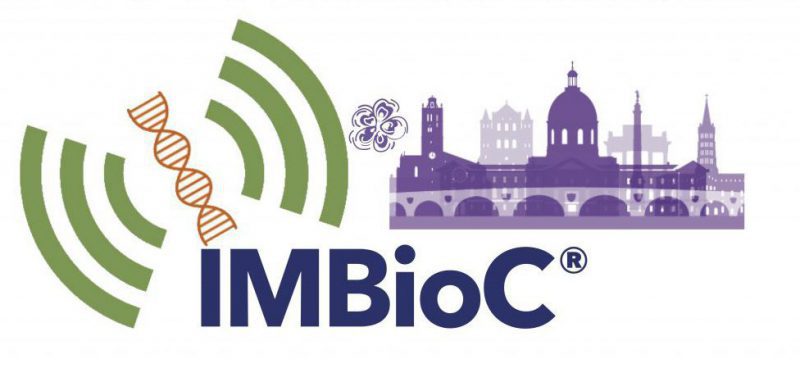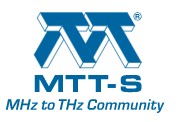WATER AND ITS DIELECTRIC SIGNATURE.
NEW MARKER FOR BIOSENSING
Yuri Feldman
The Hebrew University of Jerusalem, Department of Applied Physics,
Edmond J. Safra Campus, Jerusalem 91904, Israel
Whenever water molecules interact with either dipolar or charged systems, the main water dielectric relaxation peak broadens. If a solute is dipolar in nature, new solute-water clusters are created due to dipole-dipole interactions. It leads to the “red shift” of the dielectric loss maximum frequency. In the case of ionic solutions, another cluster structure develops, due to dipole-charge interactions and a “blue shift “is observed. In the general case when a solute molecule has both charged and dipole groups, the dielectric loss maximum demonstrates a “red” or “blue” shift, depending on the entity concentration. In all aqueous solutions, the water-solute interactions can be considered as dipole-matrix interactions in which water is the dipole subsystem. The phenomenological 3D trajectories approach was applied to the results of isothermal dielectric measurements of different concentrations of the following aqueous solutions: Hydrocarbons, NaCl and KCl, AMP and ATP, Amino Acids [1-4]. The parameters of the main water peak define a trajectory that can clarify the nature and rate, at which water interacts with the solute. In this paper, we extend this approach from comparatively simple solutions to the complexity of Red Blood Cells (RBC) suspensions by monitoring the RBC cytoplasm under different external conditions [5,6]. Dielectric measurements of RBC suspensions in the frequency region of 100 MHz to 50 GHz as a function of aging or external glucose concentration also reveal a distinct time point or glucose concentration after which the spectra are radically changed. The conclusion is that the dielectric response of the cytoplasm in microwaves is due to the water therein and its interaction with physiological active components in cytoplasm. This opens a window of opportunity to exploit this for the non-invasive monitoring of diabetes or to non-invasive control of the quality of Stored RBC in a Blood bank in order to manage the inventory.
WIRELESS ELECTRONIC TATTOOS FOR PERSONALIZED MOBILE SENSING AND THERAPEUTICS
Nanshu Lu
Temple Foundation Endowed Associate Professor
University of Texas at Austin
Merging human body with electronics and machines can enable internet of health (IoH), human-machine interface (HMI), as well as augmented human capabilities. However, bio-tissues are soft, curvilinear and dynamic whereas wafer-based electronics are hard, planar, and rigid. Over the past decade, stretchable high-performance inorganic electronics blossom as a result of innovative structural designs and fabrication processes. In particular, epidermal electronics, a.k.a. electronic tattoos (e-tattoos) represent a class of noninvasive stretchable circuits, sensors, and stimulators that are ultrathin, ultrasoft and skin-conformable. Our group has invented a dry and freeform “cut-solder-paste” method for the time- and cost- effective rapid prototyping of wireless stretchable e-tattoos. The e-tattoos can be applied for electrophysiology (e.g. ECG, EEG, EMG, EOG, etc.), mechanophysiology (e.g. respiration, seismocardiogram, etc.), thermophysiology, photoplethysmography (PPG) etc.. The e-tattoos can also be used as personalized treatment and therapeutic device. For wireless operation, we leverage Bluetooth low energy (BLE) for wireless data transfer and near field communication (NFC) for wireless charging on-the-go. A modular and reconfigurable concept will be introduced to enable the recycling of integrated circuits. A perspective on future opportunities and challenges in this field will be offered at the end of the talk.



